Unique Monsoon treatment-the Story of Indian Monsoon Malaba Malabr
Professional coffee knowledge exchange More coffee bean information Please pay attention to coffee workshop (Weixin Official Accounts cafe_style)
[Monsoon wind stains Malaba]
India Monsooned Malabar
Country: Southern India
Region: Maraba Coast, South India
Altitude: 1100-1200 m
Breeds: Kents, S795, Catimor, selection 9
Treatment method: wind and sun treatment method
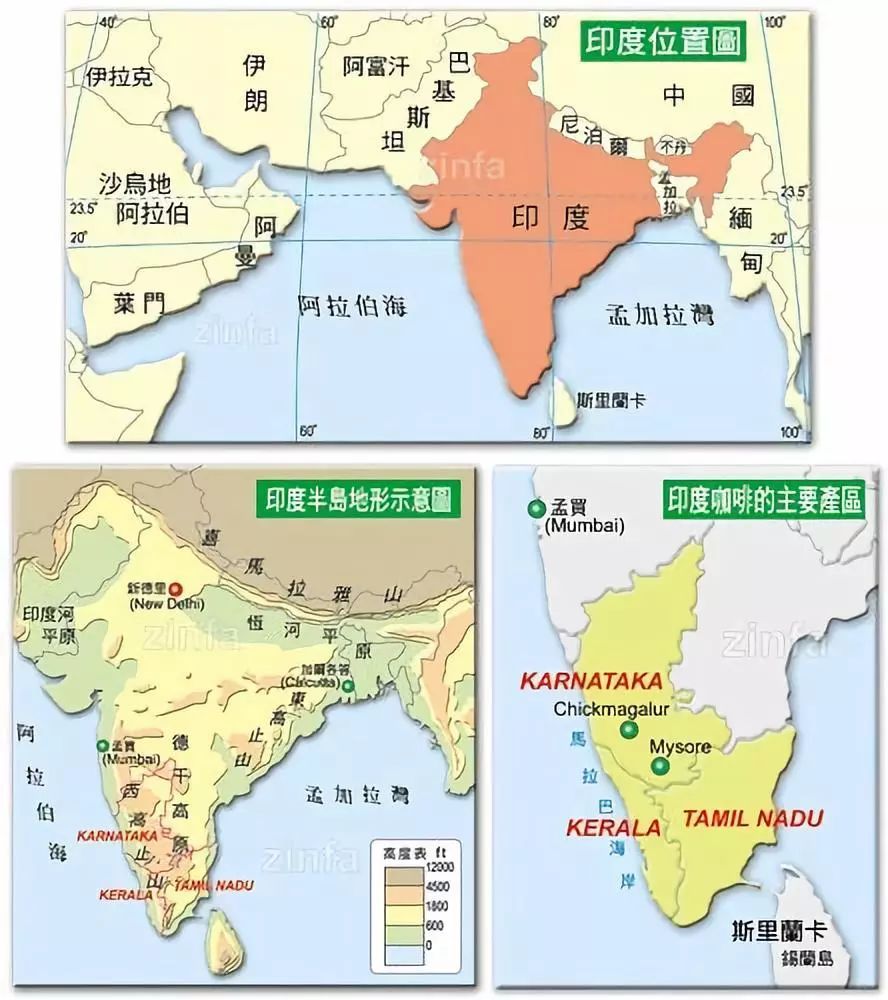
01 Introduction to production area
Coffee was brought in by pilgrims as early as the 16th century to establish the first coffee farms. You may not imagine that India produces much more coffee than Ethiopia and any Central American country. There are 900,000 hectares of land for coffee beans. There are about 140,000 coffee farms in India. More than 90% of the farms have an area of less than 10 mu. These farms are distributed in the coastal mountains at an altitude of 900-1200 meters in the south and east. Arabica accounts for two-thirds of the coffee varieties, and the rest is Robusta, with a total output of about 440,000 - 450,000 bags, making it the fifth largest coffee producer in the world.
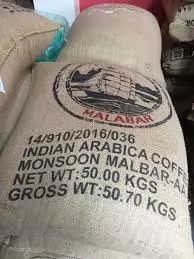
Wind-stained coffee is a new flavor created unintentionally. From the seventeenth to the eighteenth century, India shipped coffee beans to Europe on sailing ships. Each trip took six months. The raw beans were placed in the bottom of the ship's warehouse and absorbed the moisture and salt of the sea. The raw beans arrived in Europe and deteriorated. The color changed from dark green to brown rice. The acid flavor of coffee almost disappeared, but unexpectedly developed a strong nut and grain flavor. It tasted full and had a taste of black rice tea. Nordic people love this golden alternative coffee. When the Suez Canal opened in 1869, and steamships were introduced, shortening the journey time between India and Europe, customers complained that Indian coffee was "stale" and lost its attractive yellow and nutty flavor. Orders dropped sharply, and Indian exporters began to explore solutions.
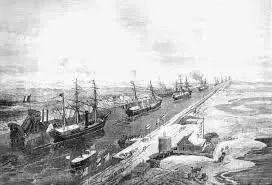
The original coffee shipped to Europe, the time shortened by more than half, too late to mature "transformation", lost the original flavor, so exporters thought of the southwest of India Maraba coast every year from late May to September there is a salty and humid environment blown from the Indian ocean, after several experiments really produced a similar golden yellow sour coffee, so named "monsoon coffee", commonly known as wind stained coffee. For centuries, it has been widely used by European coffee makers to blend blended coffee beans to increase consistency and tea feel.
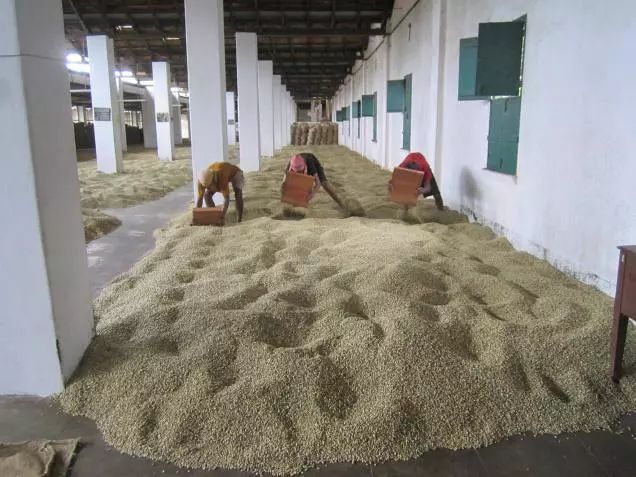
Malabar, the most common contact of Indian coffee people, was formed mainly because coffee took months to travel to Europe in ancient times. During the voyage, due to exposure to salty sea breeze and humidity, it changed its special taste and the originally fresh dark green coffee beans became as brown as mantinin. Europeans liked this rich thickness and strange flavor at that time.
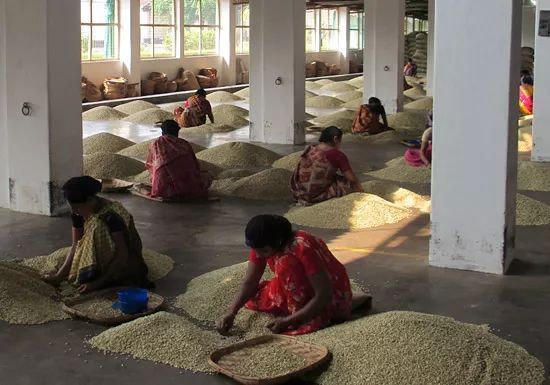
export port
Mangalore is India's new Mangalore port. Located in the southwest of the Indian Peninsula, Karnataka, north of the Gulpur River estuary, northwest of Mangalore City, facing the Arabian Sea.
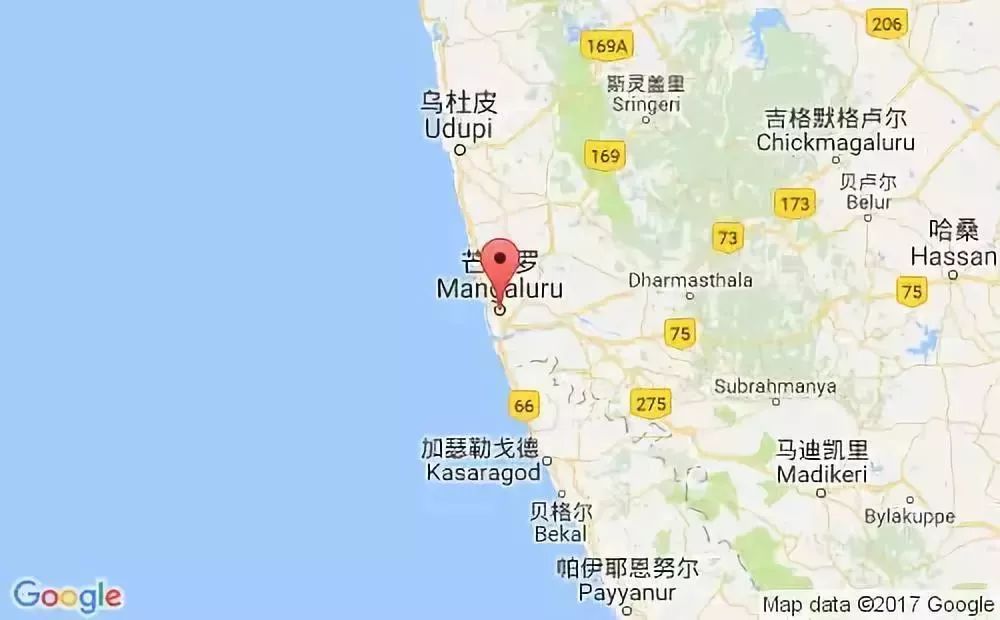
The northeast shore of MANGALORE waters is a bulk cargo dock for general cargo, which is accessible by railway. In summer, the southwest wind often blows, with an average wind strength of 5-6, and is also affected by tropical storms. Tide is a semi-moon type, the export of minerals, pepper, coffee, sandalwood, cashew nuts, tea and so on. The original port from Xingang to about 2 nautical miles south is small in scale and mainly used for coastal trade and fishing. The port of Mangalore to the south is about 10 km from Newport and about 6 km from Old Port.
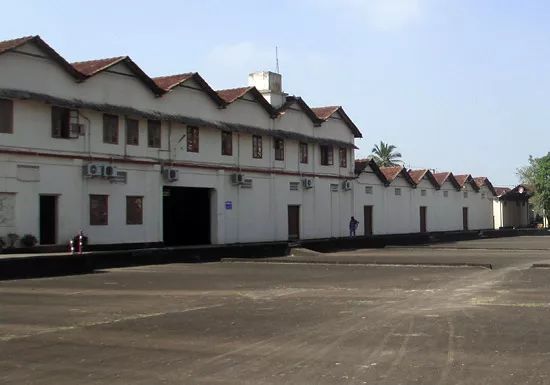
02 Treatment
Monsoon treatment, also known as wind stain treatment
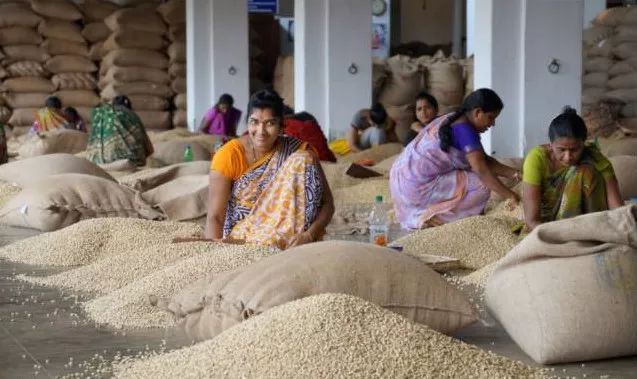
Every year in May and June, there will be monsoon phenomenon in southwest India. Wind-soaked coffee needs to be made from sun-dried beans. Coffee farmers will dry the beans flat in the wind-soaked factory, about 12-20 cm thick, and let them stand for 5 days. They will rake the beans again and again so that all the coffee beans are exposed to the extremely humid air at that time. Then they will put the beans loosely into bags and pile them up so that the monsoon can blow through the bags.
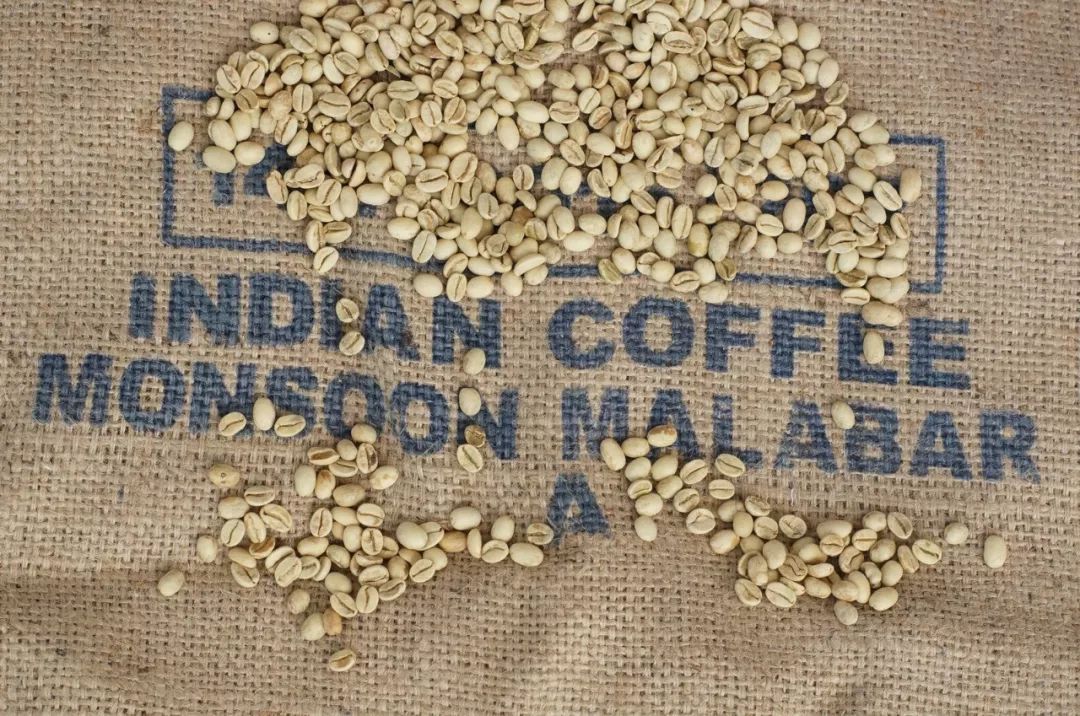
The wind-stained workshop faces west, facing the salty and wet monsoon blowing from southwest. The coffee beans are laid flat in the wind-stained field, the windows are open, the monsoon humidity blowing from the Arabian coast is very high in summer, and the bags are re-entered after the wind stains to a certain extent, but the coffee beans cannot be filled too full, and the coffee bags cannot be piled too tightly to avoid airtight and moldy, where these bags are re-stacked once a week, after a total of 7 weeks, until the coffee beans change color and taste, and coffee beans are poured out from time to time to replace the sacks to avoid mold breeding, which is quite time-consuming and labor-consuming.
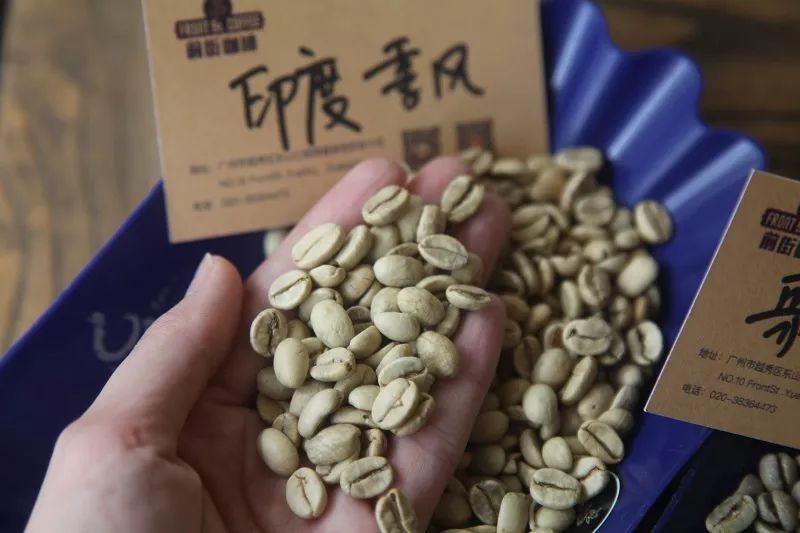
The air-curing period is about 12 to 16 weeks. After ripening, the beans are further fumigated to drive away weevils. Finally, the beans are manually sifted to remove failed beans that have not turned golden. From June onwards, after three to four months of wind soaking, the green coffee beans expanded one to two times in size, the color began to change from green to golden yellow, the weight and density decreased, the moisture content was about 13%, the acidity of the beans was also reduced, and the quality and quantity changed significantly.
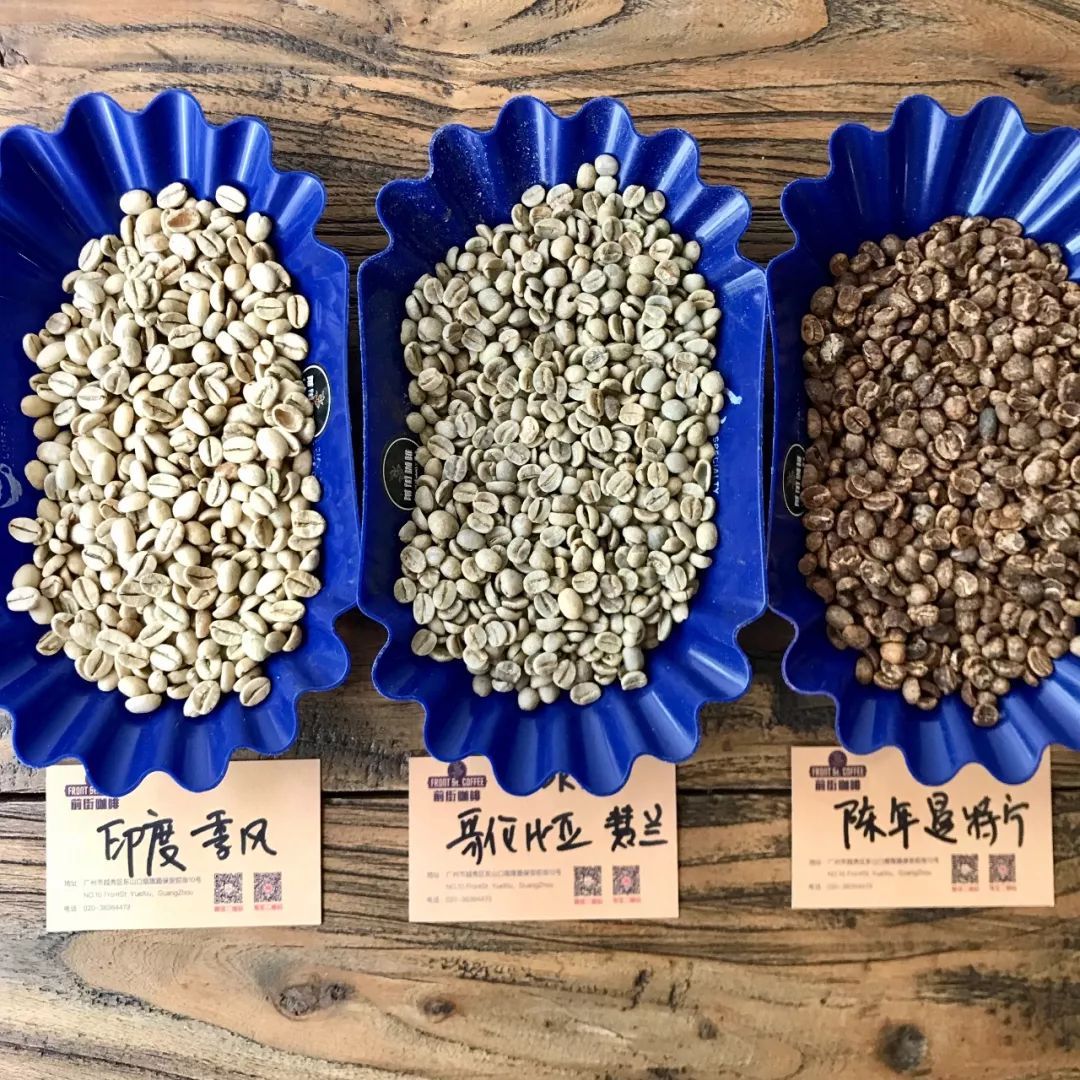
Finally, the beans that have not been soaked by the wind or other sundries and defective beans are screened again, and those coffee beans that are not affected by the monsoon are removed, and then the post-braking of cup testing, grading, bagging, export, etc. is prepared. October to February of the following year is a good time to make "monsoon" coffee.
03 Cultivated varieties
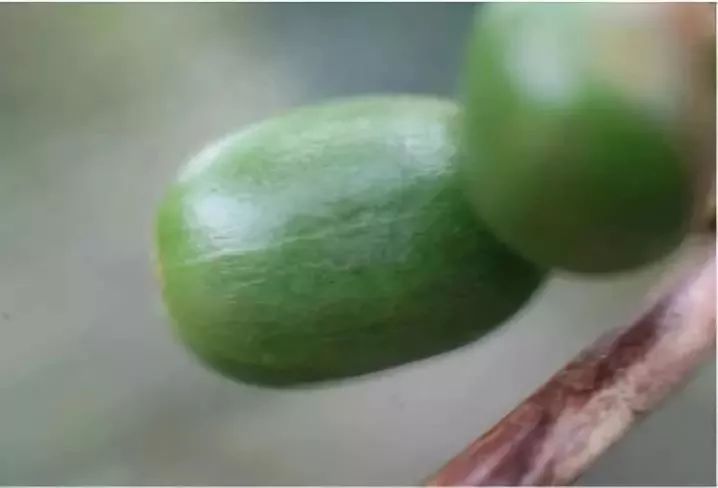
Kent:
A hybrid of Typica, S288, discovered in 1911 in Kent coffee plantations in Mysore, India, is a hybrid of Typica and has high yield and rust resistance. However, he did not score well in the cup test. Coffee aroma is thicker than bourbon.
S795
Jember, an Indian botanist, in turn used the first generation of S288 mixed with iron pickup to make Kent, and Kent mixed with the second generation of S288 to make the current S795. 1955 Indonesian Coffee and Cocoa Research Institute (ICCRI) named Jember widely cultivated in India and Indonesia Yemen and Ethiopia. Some resistance to coffee leaf rust, but resistance decreases with time. Flavors close to Arabica with wild flavours.
Catimor
In 1959, the Portugal interbred Brazilian cadura with Timor to breed a hybrid second generation cadura with super disease resistance and yield ability. However, the flavor is also poor, and it is an important variety of commercial beans at present. In recent years botanists around the world have turned to cross-breeding Arabica and Catimo bands in an attempt to reduce the lineage of the beans in order to improve the bad reputation of the Catimo Cup.
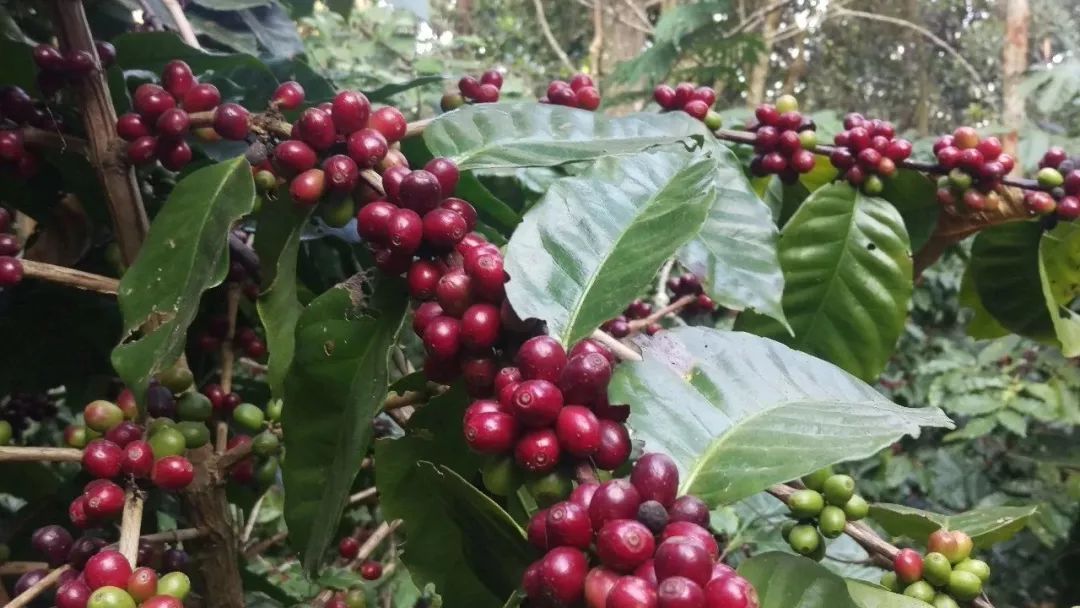
04 Raw Bean Analysis
Unlike aged beans, green beans are aged naturally by prolonged storage (usually 2 - 3 years, or even longer).
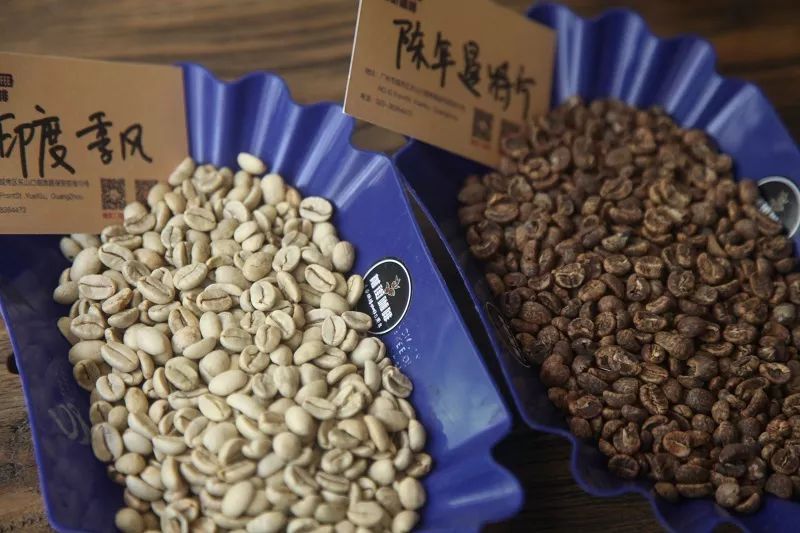
This coffee belongs to bean quality density is average, roasting medium fire steadily climb, turn yellow point in 4 minutes and 50 seconds or so, then reduce the fire open the damper into the Mena reaction, open the damper when the first explosion, maintain the fire, temperature about 184.4℃, after the first explosion 2 minutes and 30 seconds under the beans
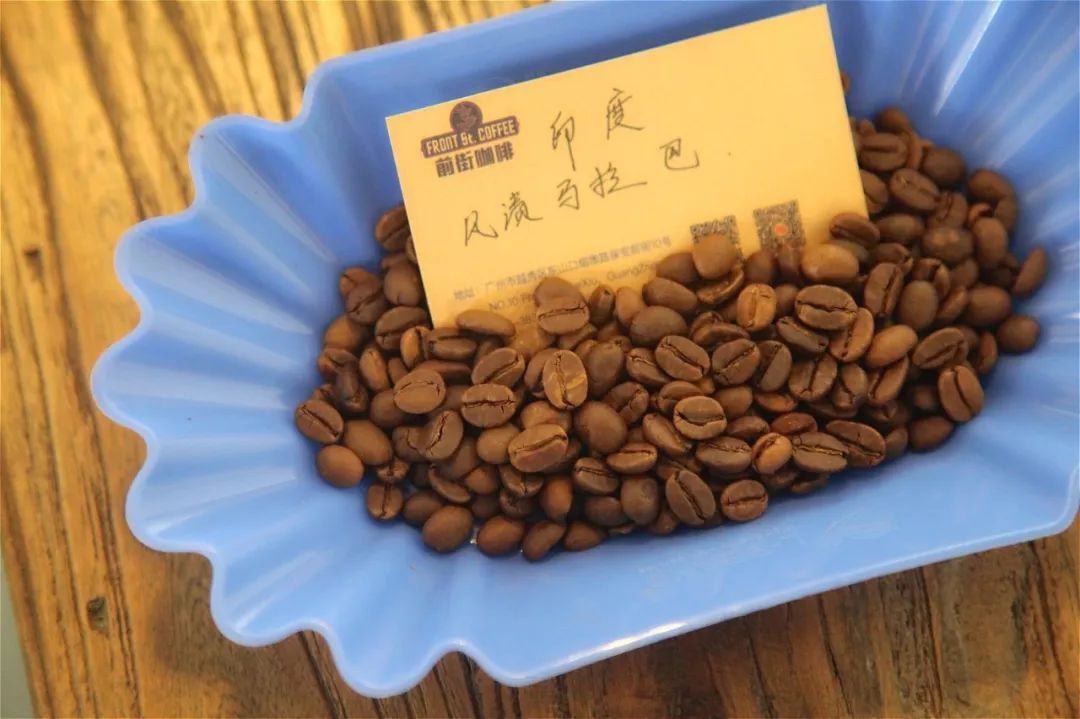
Baking machine Yangjia 600g semi-straight fire
Preheat furnace temperature to 200 ℃, open damper for 3, 30 seconds, fire, adjust fire to 160, return temperature point 1 '25 ", maintain fire, turn yellow at 4' 50", grass smell disappears, enter dehydration stage, fire is lowered to 140, damper is opened to 4, fire is lowered to 110 again at 168 ℃.
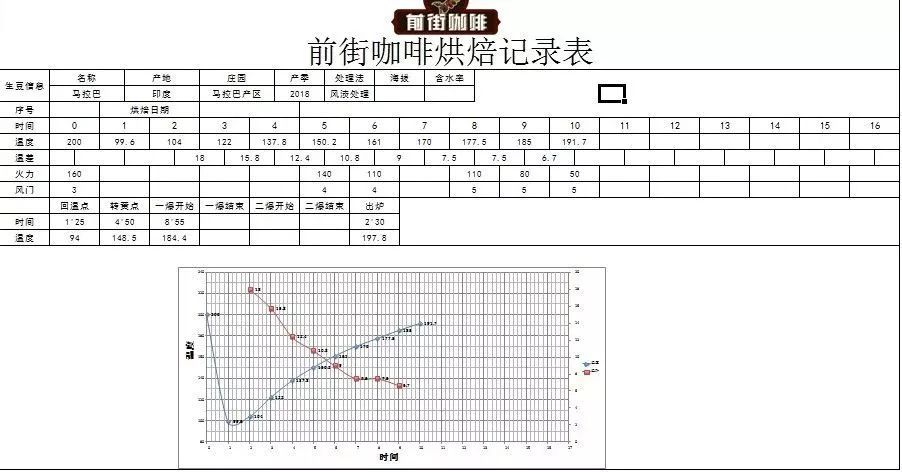
After 8 minutes of dehydration, the bean surface appears wrinkled and black stripes, the taste of toast turns to coffee fragrance, which is a prelude to explosion. At this time, the firepower remains unchanged, the throttle is opened to 5, and listen to the sound of explosion. At 8 '55 ", it starts to explode, and the damper is fully open. The development time after explosion is 2 minutes and 30 seconds, and the temperature is 197.8℃.
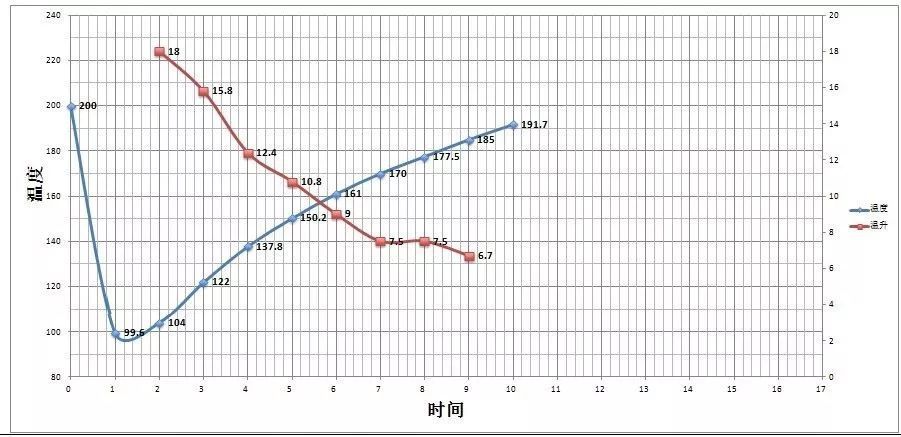
Indian wind marinated Malabar coffee beans, although the beans fat, but it is a strong soft beans. Because coffee beans have been exposed to humid monsoon conditions for a long time, the acidity of the coffee itself has also been greatly reduced, and the taste is very special. Rich caramel, raisin, herbal flavor, taste like black rice tea, berry finish.
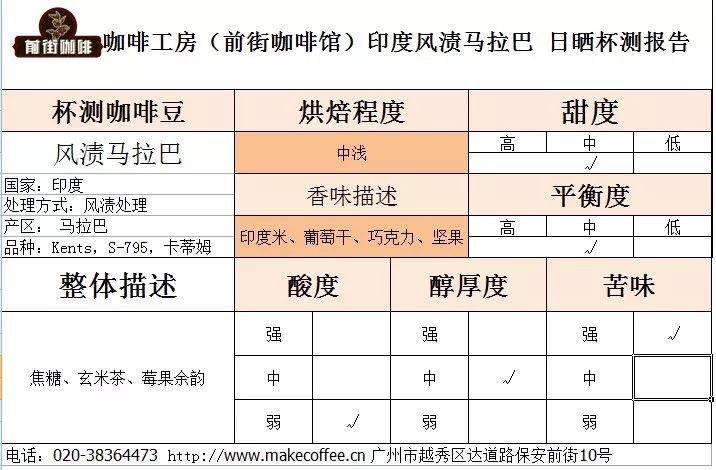
05 Brewing data
Recommended cooking method: hand brewing
Abrasion: 4 (Fuji R440)
Water temperature: 83°C
kono filter cup, 17 grams of powder, water temperature 83 degrees, grind 4, water powder ratio close to 1:13
Method: 30 grams of water stewed, stewed for 30s
Stage: water injection to 120g water cut off, slightly larger water flow injection to 221g
30-120-221, total extraction time 1:50-2 minutes

Other suggestions for trickle-filtration extraction:
Normal pressure: recommended grinding degree of 4, water temperature 83°C
Aile pressure: recommended 4 grinding degree, water temperature 83°C
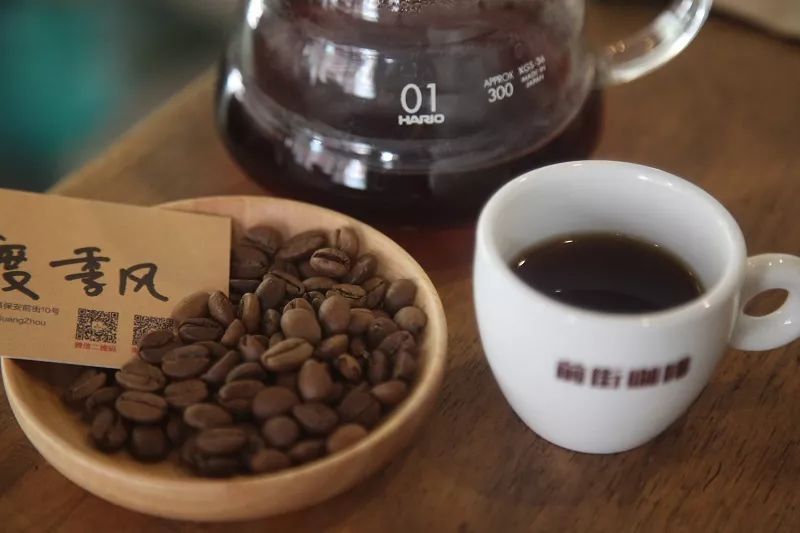
Important Notice :
前街咖啡 FrontStreet Coffee has moved to new addredd:
FrontStreet Coffee Address: 315,Donghua East Road,GuangZhou
Tel:020 38364473
- Prev

How to use Vietnamese Coffee in Vietnamese Coffee pot
Professional coffee knowledge exchange more coffee bean information please follow the coffee workshop (Wechat official account cafe_style) in Asia, Vietnam began to drink coffee, can be said to be one to two early, and the reason, of course, is Vietnam since the end of the 19th century, during the century of French rule, the impact; and Vietnamese coffee, also naturally integrated France and
- Next
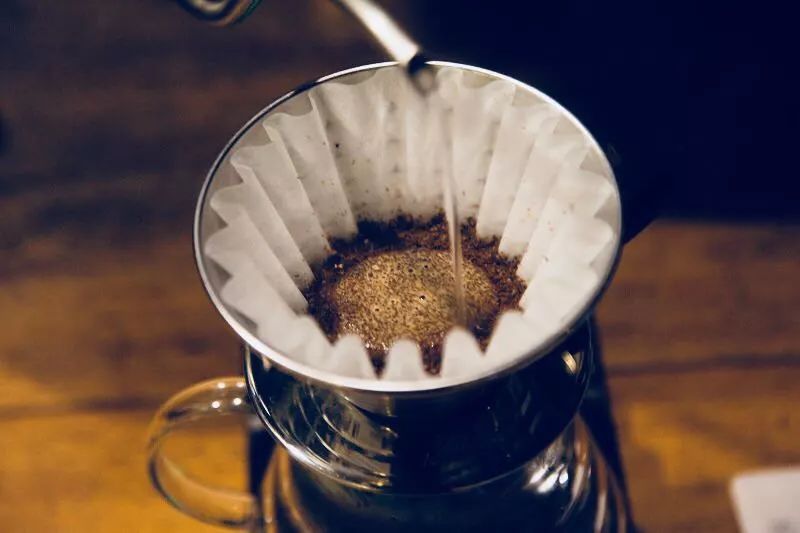
Daily brewing| What kind of water flow do you use to make coffee?
Professional coffee knowledge exchange More coffee bean information Please pay attention to coffee workshop (Weixin Official Accounts cafe_style) Some fans ask: Do you want to use large water flow for coffee, or small water flow? If the water injection is divided into three stages, the first stage: the water injection when steaming, the water injection when exhausting air, and the water injection when coffee powder precipitates. These three stages of water flow are basically somewhat different. Yimeng
Related
- What is the meaning of lactic acid fermentation with coffee bean treatment?
- How to judge the state of foam by sound?
- How does the latte pull out the unicorn pattern? Come to get for a little trick to improve the flower pull!
- Will flower pulling affect the taste of the latte?
- Do you know the history of coffee?
- The difference between honey treatment and sun washing what is raisin honey treatment?
- What kind of milk can a novice use to make coffee foam to keep the foam longer? The correct method and skills of milking tutorial sharing
- Why do washed coffee beans taste sour? Flavor characteristics of washed Coffee
- Introduction to the skill of how to practice the size and height of water injection around the circle of hand-brewed coffee
- How do beginners practice coffee flower drawing from scratch?

